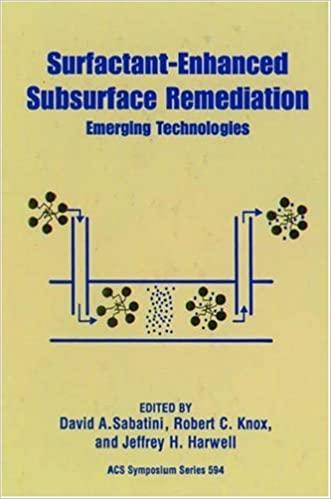Question
I need help with the following question from pharmacokinetics and pharmacodynamics, thank you! I wrote some notes under some questions I hope it helps when
I need help with the following question from pharmacokinetics and pharmacodynamics, thank you! I wrote some notes under some questions I hope it helps when solving the problem. Thank you!
The question:
Two drugs (substance 1 and substance 2), both of which have a blood pressure-lowering effect, show a concentration/effect relationship as seen in the graph below. To have a clinically relevant effect, blood pressure must be reduced by at least 5 mmHg. The last side effect is drowsiness, and the risk of this is described for both substances with the following expression:
B= BmaxC BC50+C
where Bmax is 100% and BC50 is 2000 ng/mL. A side effect frequency of no more than 7% is desired. ! Make the assumption that the substances exhibit 1-compartment kinetics.
The graph:
Use link to see graph in imgur --> https://imgur.com/a/IZly389
A. Enter the equation (including parameter values) that describes how the effect depends on concentration for substance 2.
Here I used this equation:
E= E0+ (Emax*C/Ec50+C)
From the graph the values are:
Emax= -43 mmHg
EC50= 260 ng/ml
E0=110 mmHg
So --> E = 110 + ((-43 )*C / 260+C)
B. Which of the substances (1 or 2) has the widest therapeutic window?
I assume substance 2 has the widest therapeutic window but I don't know why and I'm not sure if that is correct.
Substance 2 has a CL of 6 L/h, a volume of distribution of 85 L and a bioavailability of 60% and is normally dosed as a 10 mg tablet, twice daily. ! Make the assumption that absorption is immediate.
C. What daily dose must be administered to obtain an average blood pressure reduction of 10 mmHg?
D. How long does it take for a patient to reach 90% of the steady state concentration?
E. What are the highest and lowest stable blood pressures that can be measured in patients who are at equilibrium concentration?
F. Does the dosing regimen need to be changed for a patient who has induced liver enzymes? Do your calculations for a patient whose CL has doubled. Enter dose and dosing interval.
Note: //difficult task: here you need to calculate max-tau based on the therapeutic window, which is obtained from the graph and/or introductory text. NOTE the concs obtained in E. is not the same as t.f. then a new dosage regimen is established as usual//
G. Would the concentration/effect curve (above) change for an individual with induced liver enzymes, if so, state how? Briefly justify your answer.
Step by Step Solution
There are 3 Steps involved in it
Step: 1

Get Instant Access to Expert-Tailored Solutions
See step-by-step solutions with expert insights and AI powered tools for academic success
Step: 2

Step: 3

Ace Your Homework with AI
Get the answers you need in no time with our AI-driven, step-by-step assistance
Get Started


